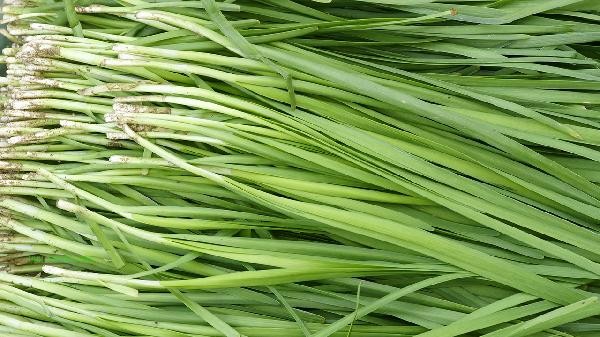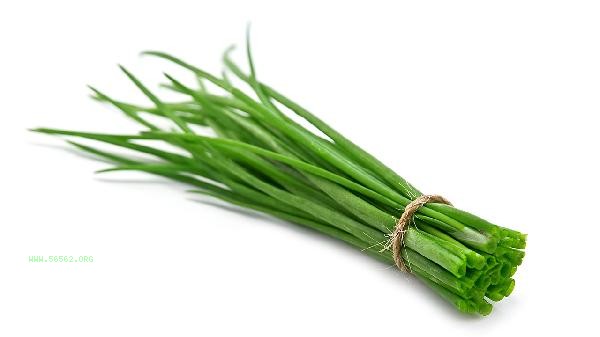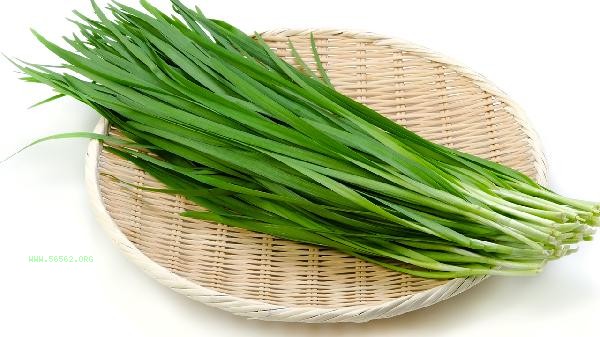When chives are stuck between teeth and difficult to remove, they can be cleaned with dental floss, rinsed with mouthwash, assisted with toothpicks, chewed on fiber foods, and treated with medical attention.

1. Floss Cleaning
Gently slide the dental floss into the gaps between the teeth and pull up and down to remove any remaining chive fibers. Dental floss can effectively enter narrow gaps between teeth, avoiding gum damage. Maintain gentle force during operation to avoid forcefully pulling and causing gum bleeding. If the dental floss cannot be completely removed, it can be repeated multiple times.
2. Rinse mouth
Rinse mouth repeatedly with warm water or diluted salt water, using the impact of water flow to remove leek residue from between teeth. Can be used in conjunction with a dental irrigator to enhance cleaning effectiveness. When rinsing your mouth, pay attention to concentrating the water on the area where the teeth are stuck, and tilt your head to help the residue fall off. This method is suitable for loose fiber residues.
3. Toothpick Assistance
Use a flat wooden toothpick to slowly remove leek residue along the side of the teeth. The movement should be parallel to the direction between the teeth to avoid vertical punctures that may damage the gums. The tip of the toothpick can be wrapped with a small amount of disinfectant cotton to increase safety. This method is suitable for larger residues visible to the naked eye.

4. Chewing fiber rich foods
Chewing high fiber foods such as apples and celery, using their rough texture to rub and remove residue between teeth. Food fiber can form a natural cleaning net to wrap and expel leek debris. When chewing, prioritize using the teeth on the cushioned side to enhance the mechanical cleaning effect. This method is suitable for mild impaction situations.
5. Medical treatment
If home treatment is ineffective or gum swelling and pain occur, it is necessary to seek timely medical attention from the dental department. Doctors will use professional instruments such as scrapers and ultrasonic cleaning machines to thoroughly remove impaction. Deep impaction may require local disinfection to avoid causing gingivitis or adjacent caries.

In daily life, it is important to chew fibrous foods such as chives thoroughly and rinse your mouth promptly after meals. Regularly use dental floss to clean the gaps between teeth and prevent the accumulation of food residue. Choose a small soft bristled toothbrush and use the Babbitt brushing method to maintain oral hygiene. Long term repeated occlusion may indicate misaligned teeth or formation of cavities, and it is recommended to undergo oral examination. Maintaining good oral habits can effectively reduce the probability of food impaction.








Comments (0)
Leave a Comment
No comments yet
Be the first to share your thoughts!